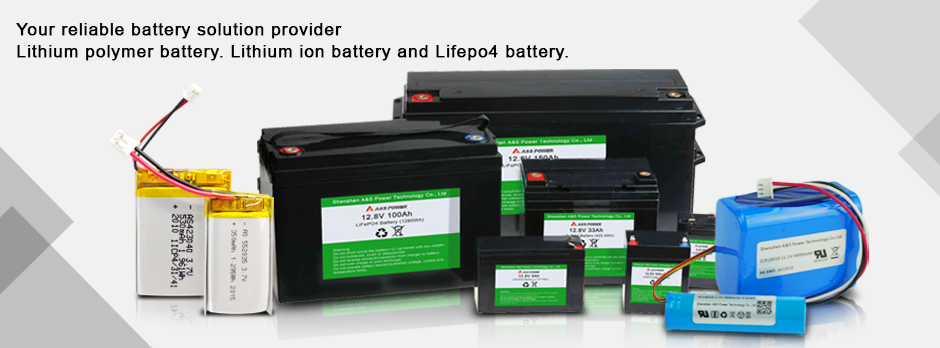The Slog Continues for Lithium-Air Batteries
2021-07-02
For owners of electric vehicles, range anxiety—the fear of running out of power before the next charging station—is real. Car manufacturers, keen to bring EVs to the mass market, have for years sought alternatives that could store more charge than today’s lithium-ion batteries.
One option is lithium-air, and a team of researchers has invented a new type of cathode that they claim can lengthen the life of such batteries. In a studypublished in Applied Catalysis B: Environmental, the team from South Korea and Thailand describe how they coated nickel cobalt sulfide nanoflakes onto a graphene cathode doped with sulfur. The result: an electrode that boasts both improved electrical conductivity and catalytic activity.
“It’s a very interesting design approach,” says Harry Hoster, director of Energy Lancaster, a U.K.-based research institute dedicated to energy technologies.
Batteries usually generate electrical energy through a redox reaction. In the case of lithium-air batteries, lithium from the anode gets oxidized while oxygen molecules are reduced at the cathode. The resulting product is lithium peroxide (Li2O2).
The cathode is supposedly where the magic happens. Because oxygen can be supplied continuously from air rather than stored in finite amounts within the cell, lithium-air batteries can theoretically provide an energy density 10 timesthat of their lithium-ion cousins. And the more lithium peroxide that accumulates on the graphite cathode, the higher the battery’s charge capacity.
Modifying the carbon cathode with sulfur makes it easier for lithium peroxide to stick to it, says Hoster. “The sulfur atoms provide local glue spots, anchoring points for things to stick to,” he says.
Sulfur also provides additional benefits to the battery, says physical chemist Sangaraju Shanmugam from Korea’s Daegu Gyeongbuk Institute of Science and Technology, and one of the paper’s co-authors. Because sulfur atoms are much larger in size compared with their carbon counterparts, sulfur-doping the cathode expands the porous carbon lattice structure, increasing its surface area. “When this happens, the electrons can move about better within the graphene and so electrical conductivity is improved,” says Shanmugam.
Coating the cathode surface with nickel cobalt sulfide nanoflakes provides an added boost by increasing catalytic activity. “Sulfur interacts with the metal sites in nickel cobalt sulfide, and there’s a strong synergistic interaction between the graphene surface and nanoflakes,” explains Shanmugam.
The flakes also form a protective layer between the cathode surface and resulting lithium peroxide discharge product, which is highly corrosive. The result is a much improved battery cyclability—just over 1,700 hours, or more than two months—which Shanmugam says is “one of the strongest points” of their invention. The specific discharge capacity is also “ultra high” at nearly 14,200 milliampere hour per gram (mAh/g). A patent is pending in Korea for the new technology.
“The materials they have proposed are very, very interesting...and it looks like they’re the first to bring this to the community,” says Lancaster’s Hoster. But he is cautious about how optimistic the results really are.
The system needs to be tested more robustly, he says. To properly gauge electrocatalytic activity, the researchers should have done a cyclic voltammogram (a type of test where an external voltage is applied and varied to see how battery current changes correspondingly) at high, rather than low, speeds. Furthermore, the discharge experiment they conducted is too shallow (stopping at a specific capacity of 1,000 mAH/g) to be considered a proper stress test, because “you don’t produce much of the side products that cause the battery to fade in the long run,” Hoster says.
He also highlights the battery’s low charging efficiency, which is a measure of how much energy you get compared with the energy you put into charging it. Energy loss can result due to heat production or unwanted side reactions that take place at the electrodes. At roughly 65 percent, it’s 15 to 25 percent lower than what we would expect from lithium-ion batteries. This is one of a number of concerns that continue to plague the use of lithium-air batteries. Others include what to do with the chemically aggressive lithium peroxide byproduct that forms, which requires a high charging voltage to remove, can decompose the electrolyte, and subsequently limit a battery’s cycle life.
The pure lithium anode also poses a problem. Highly reactive, lithium can ignite when exposed to water and other elements. Then there’s the issue of the air itself. While supplying oxygen to batteries works fine in a lab, it isn’t feasible for electric vehicles running on roads. Utilizing air is the goal, but you would first have to remove battery-damaging impurities such as carbon dioxide and water vapor.
These developmental challenges have dampened the enthusiasm for lithium-air batteries in recent years, with companies such as IBM and the U.S.-funded Joint Center for Energy Storage Research abandoning their research in favor of other next-gen battery types. Even the Faraday Institution, a U.K. institution that has poured £65 million into battery research, decided to invest in lithium-sulfur batteries over lithium-air batteries in its last funding round because they thought the former was “also risky but more realistic,” says Hoster.
“It’s been a sobering reality...the lithium-oxygen battery is a bit like what nuclear fusion is in the big technologies,” he says. “There are big potential wins, but there are many loose ends.”
However, because lithium-air batteries have an energy density that is potentially 10 times higher than that of traditional lithium-ion ones, “there’s still a big game to be played,” says Hoster. “But one has to manage expectations.”












